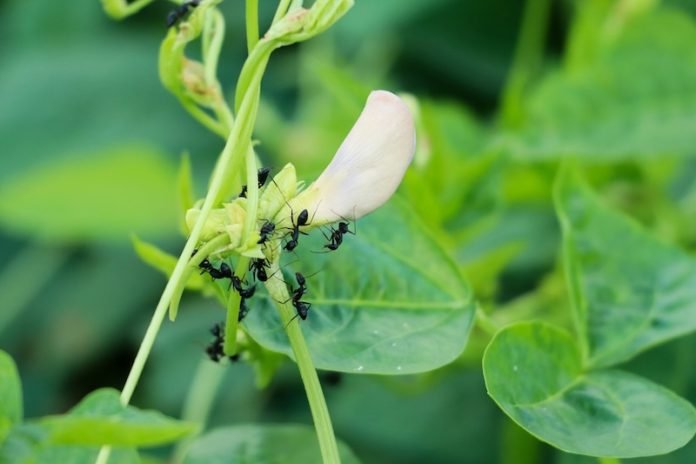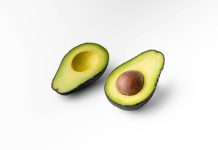
Imagine you’re at a picnic, enjoying the sunny outdoors, when you notice ants crawling near your food.
While most of us might wave them away, some researchers see these tiny creatures as an untapped culinary resource.
Edible insects, including ants, are common in various parts of the world, and they’re not just about crunch; they come with distinct flavors that could revolutionize our dining experiences.
Changqi Liu, an associate professor of food science with a passion for exploring the flavors of edible insects, shared his insights at the American Chemical Society’s spring meeting.
His journey into the world of edible ants began in Oaxaca, Mexico, where insects are as common in markets as any other food ingredient. This sparked his curiosity about the flavor profiles of edible insects and how they could be used in the food industry.
Liu and his team at San Diego State University embarked on a mission to understand the flavors of four ant species: chicatana ants, common black ants, spiny ants, and weaver ants.
They used advanced techniques to identify the compounds contributing to each ant’s flavor, discovering a fascinating range of tastes and aromas.
Common black ants, for instance, have a vinegary smell due to their high formic acid content, which comes from their venom glands. This acidic flavor could even replace lemon juice in some dishes.
Chicatana ants, on the other hand, lack formic acid, offering a nutty, woody aroma instead, attributed to compounds like pyrazines, which are also found in cooked meats and bread.
Weaver ants present a mix of sweet, nutty, and caramel-like scents, thanks to various pyrazines and pyrroles, though they also have some off-flavors that might remind you of hay or urine, likely from high amine concentrations.
The research also explored how different stages of development affect flavor, finding that adult spiny ants have formic acid, unlike their pupa counterparts.
This exploration into ant flavors is just the beginning. Liu’s team plans to delve deeper into the taste profiles of more ant species and stages of development, including eggs, which are considered delicacies in some cultures.
They’re also interested in how processing methods affect flavor and conducting taste tests with human panels.
Edible insects like ants are not just a novelty; they’re a sustainable protein source that could lessen our environmental footprint compared to traditional livestock farming.
However, the concept faces hurdles, such as consumer acceptance and higher production costs, as insect farming is still developing.
Liu envisions a future where insects are a celebrated part of our diets, offering unique flavors and environmental benefits. He aims to prove that incorporating insects into our meals isn’t just a compromise for sustainability but a choice that adds delicious diversity to our cuisine.
Copyright © 2024 Knowridge Science Report. All rights reserved.



